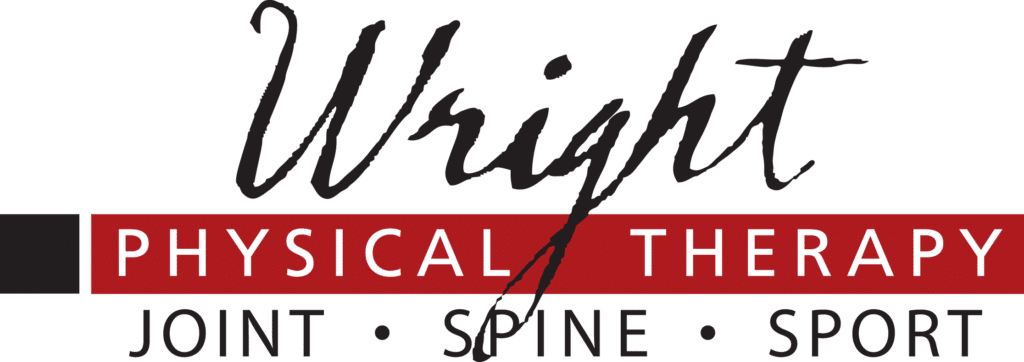What is an AC Joint Injury?
Acromioclavicular (AC) joint injury is a source of significant pain for active individuals, especially for athletes in over-head sports.
AC joint injury causes:
Direct injury to the AC joint most commonly occurs as a result of straight force produced by the patient falling on the point of the shoulder onto the ground with the arm in adducted orientation. The most common events associated with AC injuries include contact sports such as hockey and football.
How to identify an AC shoulder injury?
Injury to the AC joint can easily mimic other shoulder conditions so understanding the anatomy and biomechanics of the shoulder in order to perform an evaluation and identify the correct shoulder injury. Careful clinical evaluation allows the clinician to categorize the individual’s AC joint injury and institute appropriate treatment in a timely fashion. This will assist in getting the patient back to sport or life in a more timely and fully functional manner.
What is AC injury treatment?
TYPE I
Sling for 5 to 7 days, Ice for 48 to 72 hours, NSAIDS may be recommended. Immediate Isometric and gentle ROM encouraged. A more structured therapeutic program in a skilled PT clinic should be initiated as soon as symptoms begin to resolve. Most patients will return to full activities within 2 weeks.
TYPE II
Essentially the same as Type I with a more extensive approach. Sling for 1-2 weeks, Ice for 48 to 72 hours, NSAIDS may be recommended. Immediate Isometric and gentle ROM encouraged.
A more structured therapeutic program in a skilled PT clinic should be initiated as soon as symptoms begin to resolve. Most patients will return to full activities within 2-3 weeks. If these patients develop symptoms unresponsive to conservative management, they may do quite well with an arthroscopic or open distal clavicle resection based on research findings.
TYPE III
Commonly treated non-operatively except for the elite throwing athlete in whom the extremes of motion and biomechanics loads placed on the shoulder at high levels may cause a substantial difference in performance. Essentially the same treatment as Type I and II such as a sling, ice, and NSAIDs until symptoms subside then isometric and gentle ROM encouraged within 1-2 weeks.
A more structured therapeutic program in a skilled PT clinic should be initiated as soon as symptoms begin to resolve. Devices designed to reduce the AC joint are not recommended currently. Hughston and colleagues (J.C. Hughston, MD, unpublished data, 1999) have advocated early operative repair of type III AC dislocations. They have had excellent clinical results with this form of treatment and feel that restoration of normal anatomy is essential for a good functional result, especially in the contact athlete.
TYPES IV, V, VI
Most surgeons recommend early surgical treatment for type IV, V, and VI AC dislocations. A wide variety of operative procedures have been recommended for the open treatment of both acute and chronic complete AC dislocations.
We want to help you get to the root of your pain, check out our locations and call us today.

